Introduction
According to Wikipedia, Judo (Japanese: 柔道, Hepburn: Jūdō, lit. 'gentle way') is an unarmed modern Japanese martial art, combat sport, Olympic sport (since 1964), and the most prominent form of jacket wrestling competed internationally. Judo was created in 1882 by Kanō Jigorō (嘉納 治五郎) as an eclectic martial art, distinguishing itself from its predecessors (primarily Tenjin Shinyo-ryu jujutsu and Kitō-ryū jujutsu) due to an emphasis on "randori" (乱取り, lit. 'free sparring') instead of kata (形, kata, pre-arranged forms) alongside its removal of striking and weapon training elements. Judo rose to prominence for its dominance over established jujutsu schools in tournaments hosted by the Tokyo Metropolitan Police Department (警視庁武術大会, Keishicho Bujutsu Taikai), resulting in its adoption as the department's primary martial art. A judo practitioner is called a "judoka" (柔道家, jūdōka, lit. 'judo performer'), and the judo uniform is called "judogi" (柔道着, jūdōgi, lit. 'judo attire').
History of Judo
-- The origins of judo in Japan --
The history of judo is the transformation of a martial art into a modern
sport. It specifies how a man, Jigoro Kano, has dedicated his life to the
education of the youth of his country, combining tradition and modernity, with
the progress of the individual in the service of the community. The beginnings of
judo are closely related to the tradition of Japanese combat and life arts and the
personality of Kano.
Sensei Kanō Jigorō, according to Wikimedia Commons, was a Japanese educator and jūdōka during the Meiji era, Taisho era and early Showa era, and the founder of Kodokan Judo Institute.
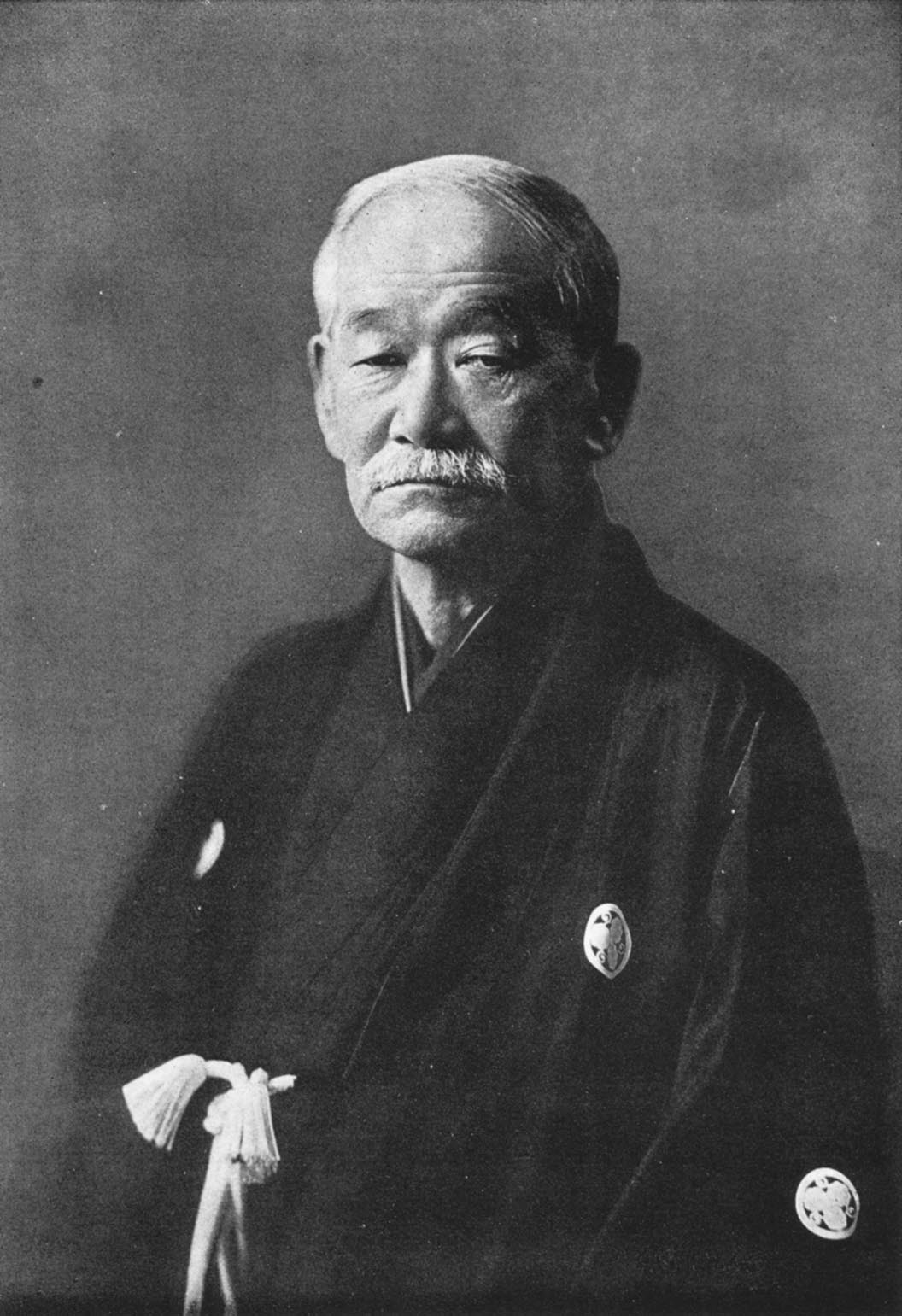
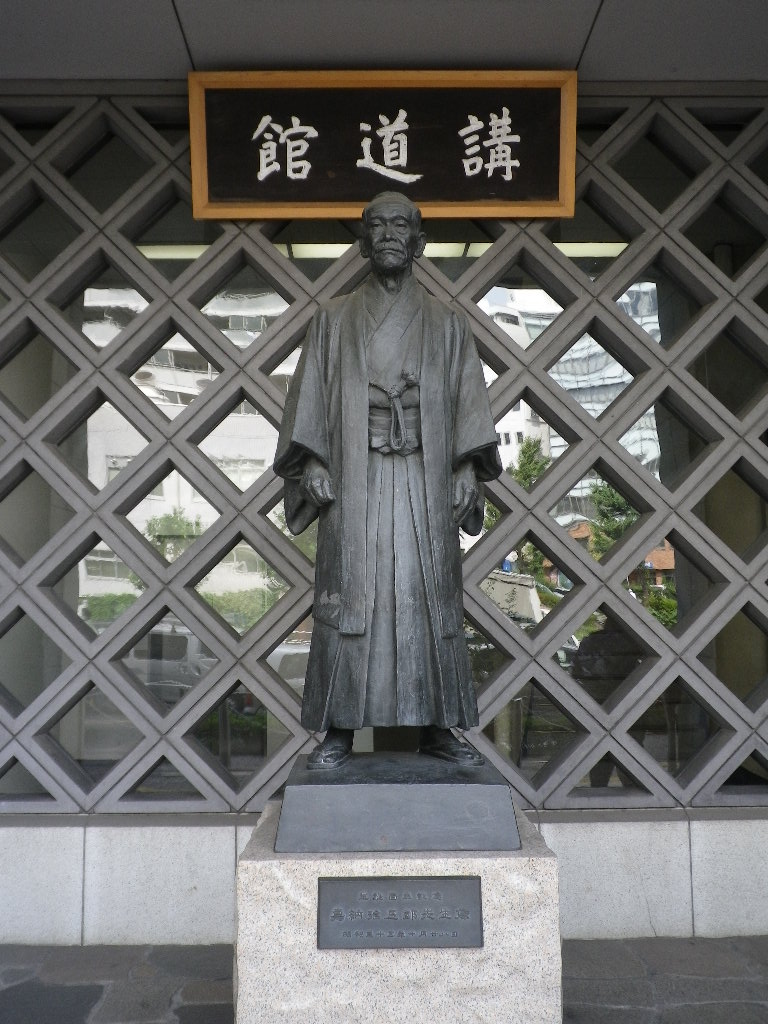
1. From Jujutsu to Judo
In Japanese, the words judo and jujutsu are written using ideographs that are illustrations of their founding principles. Ju means “gentleness”. The meaning is “giving way”. In this, ju is opposed to go, meaning strength. Do, “the way”, corresponds to the principle of spiritual development. By this juxtaposition, judo wants to be 'a way of flexibility' much more intellectual than physical. Judo and jujutsu use the same ideogram in the beginning. Jutsu means “technique”. The distinction between jutsu and do is identical to what differentiates between “medium” and “purpose”. Jujutsu assumes an education oriented primarily towards the body based on the principle of non-resistance. Kano considered this a too restrictive dimension. By introducing a semantic breakdown, the founder of judo testified he wanted a radical transformation: raising the combat to the rank of a universal method of education. As its name suggests, the samurai is “one who serves”. It is around him that the history of martial arts is written. Historical studies on martial arts distinguished three stages corresponding to the main stages in the history of Japan.
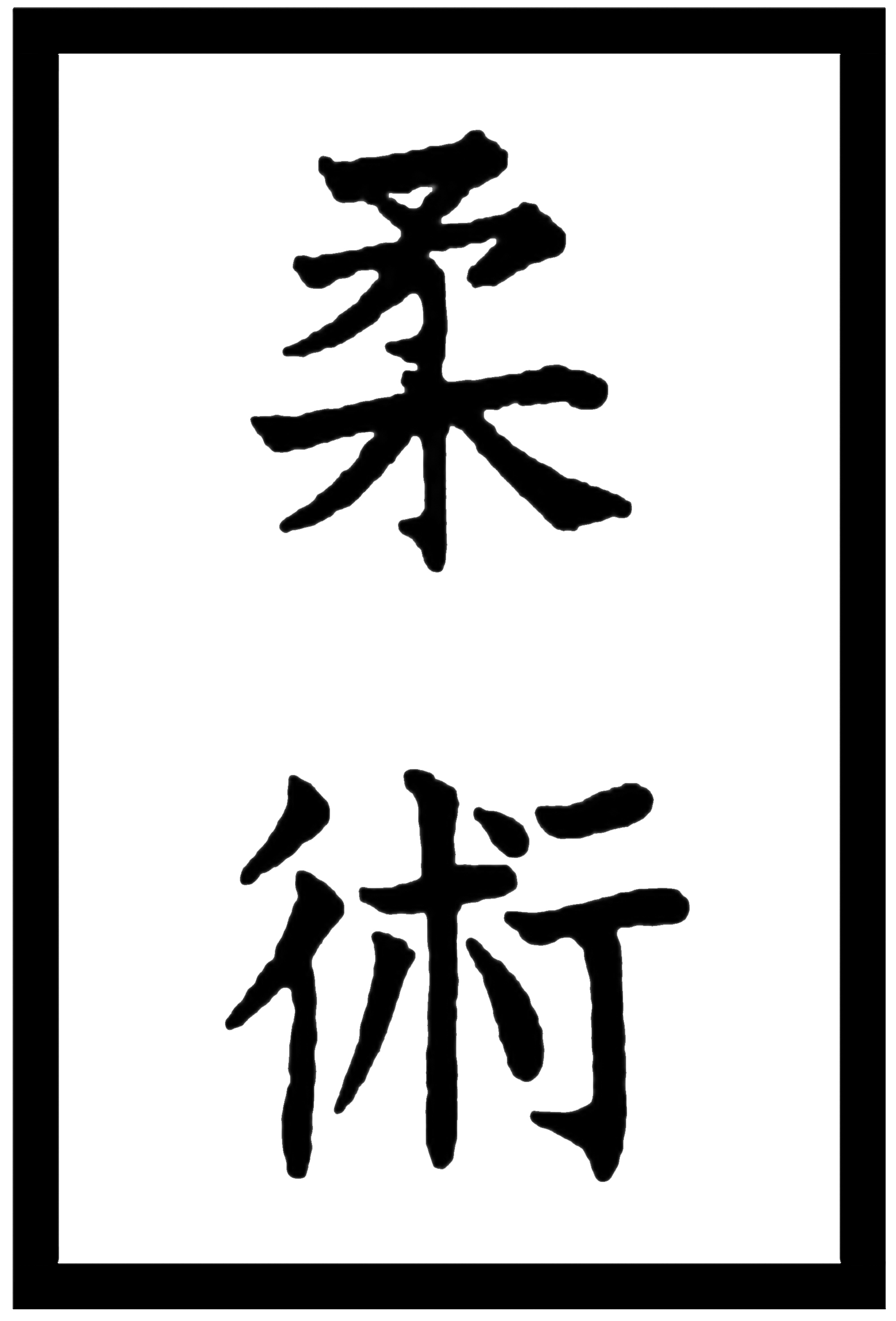
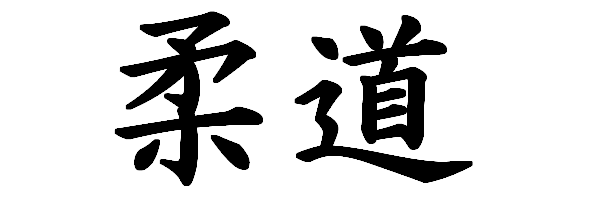
Classical bujutsu (or martial arts) corresponds to the period that goes from the establishment of the military Government until the establishment of the Tokugawa shogunate (1192-1603). These are combat systems created for the protection of individuals. The bujutsu (bu, bushi, warrior) brings together all of the jutsu (art, technique), i.e. systems of combat whose names include the suffix jutsu, as kenjutsu swordsmanship, sojutsu, the art of the lance, the ninjutsu, the art of espionage techniques. The term jujutsu is a generic term which concerns all forms of confrontation with bare hands or with a minimum of weapons. Jujutsu includes using feet, fists, knees, projections, disarticulations, and the use of small arms as well as how to control or to tie up one's enemy. In the art of combat as a whole jujutsu is, in fact, a supplementary system that allows the disarmed warrior to continue fighting. The jutsu forms have been designed to be effective on the battlefield. They belong to the feudal period, the most belligerent in the history of Japan.
Classical budo (or martial ways) appear during the Tokugawa shogunate
(1603-1868) in a different period in the history of Japan. The relative peace
imposed in the Edo period greatly reduced opportunities for the samurai to
exercise his art on the battlefield. The political and social stability transformed
the everyday life of the warrior. Bujutsu masters then strove to combat the
idleness caused by the inactivity of the samurai. In their teaching, they
reinforced the ethical and philosophical principles. This change of orientation is
affirmed by the substitution of the suffix do for the suffix jutsu. In bujutsu,
control is based on technical expertise. In budo, control leads to wisdom. There
were more than 700 separate schools during the Tokugawa shogunate.
Technically, the evolution meant a specialization of studied forms and a
tendency to strengthen the defensive aspect. Created for war, the techniques
were adapted to the conditions of civilian life. Gradually, the realism of the
battlefield faded.
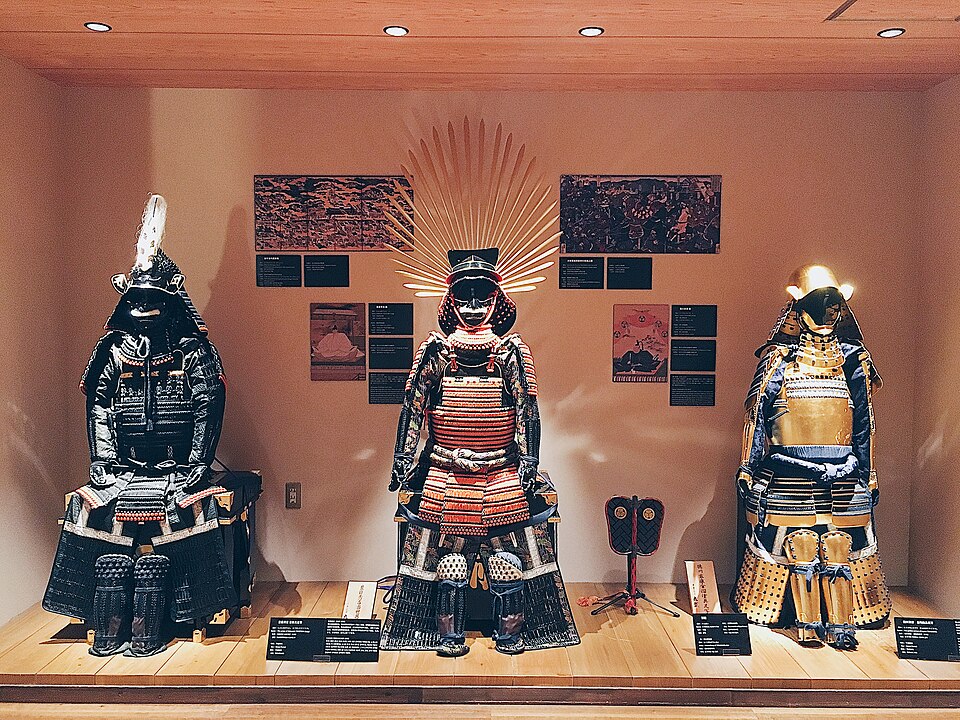
Modern bujutsu and budo belong to the Meiji era. Technically they are inspired by classical forms, but they bear the mark of the transformations of Japanese society. At the beginning of the Meiji era, neither martial arts nor the traditional Japanese culture had the favour of the Japanese people. Donn Draeger, a martial arts historian, noted: “In fact, many of the applications of jujutsu were focused on altercations that took place in tea rooms, houses of prostitution, gambling dens, and the other places for entertainment frequented by the commoners”. The reconstruction of martial arts involved the transmission of priority values, discipline and moral. In 1895, a government institution, the Dai Nippon Butoku Kai, was established for the purpose of “reviving bushido spirit”, “promoting bujutsu among soldiers and strengthening the national military power”. Its growth was quick. In 1906, the association, patronised by the imperial family was present in 42 prefectures and gathered 1,300,000 members. At the end of the last century, the social and political situation boosted the practice of martial arts.
2. Jigoro Kano - Biography
Jigoro Kano was born on October 28, 1860, in Mikage, now a borough to the East of the city of Kobe. Very early, he received a rigorous education in which Western influences mingled with traditional and Oriental (Eastern) teachings. In the 1860s, Kano's father worked as a senior official for the shogunate Government. In 1870, shortly after the death of his wife, he decided to move to Tokyo where Jigoro studied classics, and at the same time studied English. He developed a strong fondness for mathematics and languages.
As a child, Kano had a fragile constitution but was very gifted, he studied in the company of classmates often older and physically stronger than him and he was repeatedly bullied and teased. He decided to study jujutsu, an art that helps the weak to defeat the strong. He eventually managed to find one of the old jujutsu masters, Hachinosuke Fukuda. After two years of diligent practice, he was chosen to participate in the demonstration given in honour of the visit to Tokyo of the U.S. President, general Ulysses Grant. At the death of Fukuda, he continued his practice under the direction of Masatomo Iso. In 1881, Iso died. He then studied the jujutsu of the Kito School with another master expert in throws, Iikubo Tsunetoshi. He focused on the spiritual dimension. Koshiki no kata comes from the Kito School. This kata demonstrates techniques of fighting in armour. This kata was one of the favourites of Kano who demonstrated this kata before the Emperor in 1929.
In 1882, while a student at the Tokyo Imperial University, Jigoro Kano created a private preparatory school, Kano Juku, and a school of English. In May, he opened the school of the Kodokan, “a school for studying the way” in a 12-tatami room rented in a Tokyo Buddhist monastery. He taught a new practice, “judo”. His disciples, nine students and friends, met in a small room of 20 square metres. They learned to throw (nage-waza), to pin down the opponent (osaekomi-waza) forcing him to submission (katame-waza) by strangulations (shime-waza) or armlocks (kansetsu-waza). The novelty was not in technical actions but in the way to accomplish them, and in the finality of the techniques. The number of students increased rapidly. The Kodokan dojo moved several times. Kano's method was adopted by the police and the Navy and introduced into several schools and universities.
The images below depict parts of Sensei Jigoro Kano's life journey and judo's influence over the course of its history.
.jpg)
.jpg)
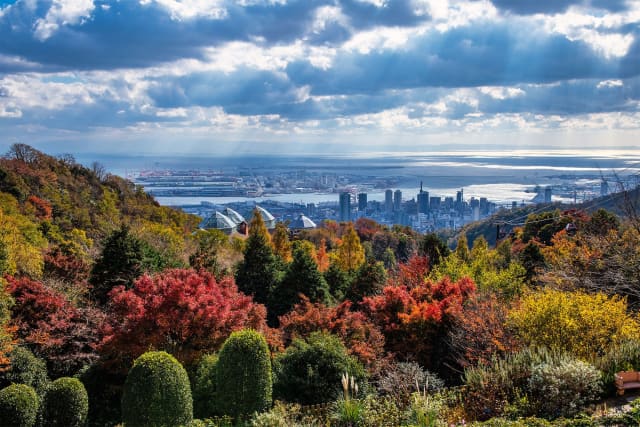
 - Courtesy Austrian Judo Federation.jpg)
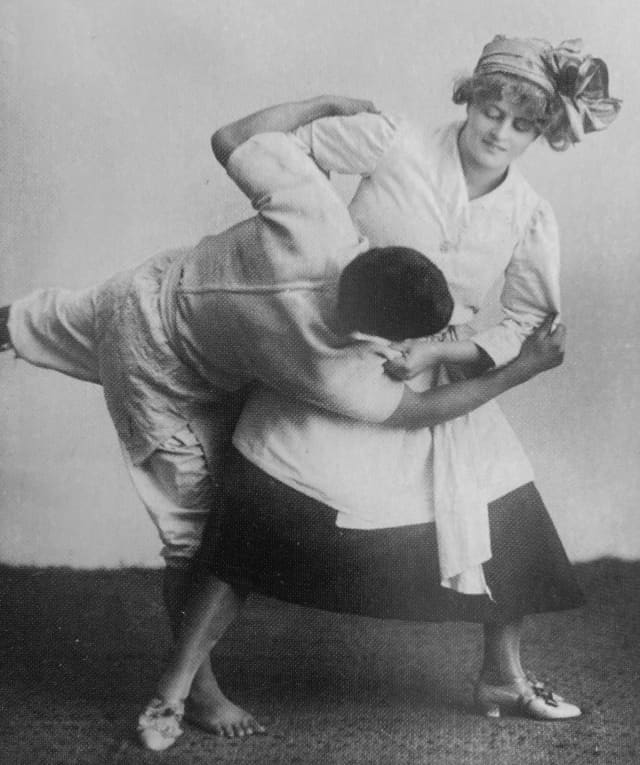
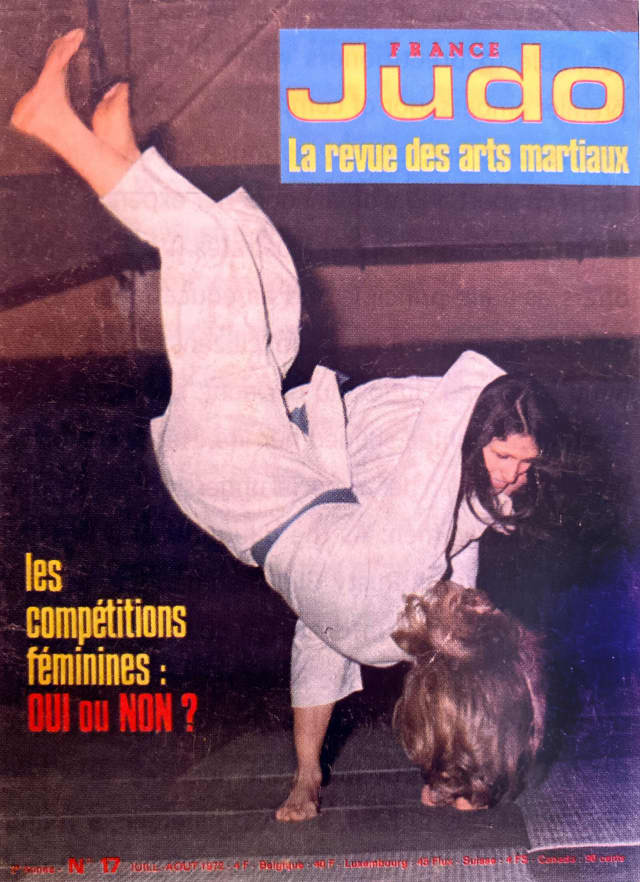
3. Kodokan judo
Kano's method derived from the ancient forms of jujutsu, which the founder of judo practiced or studied but he discarded all the techniques aiming to kill or injure. Grasping became compulsory. In doing so, Kano reduced the level of violence. For the same reasons, he improved the ways to fall. The technical content was mainly inspired, from the Kito school, for projections, and from the Tenjin Shin Yo school for blows and locks.
An anecdote demonstrates his versatility on the technical level. Helpless against an opponent heavier and stronger than him, Kano failed in all his attempts at throwing him until the day when in one of the books he brought from abroad he came up with a solution. In his memoirs, he tells: “Kenkichi made a step forward, then with lightning speed jumped on Jigoro. It was very quick; with one hand Jigoro took the sleeve of his opponent and the other grabbed his thigh. The body of Kenkichi, which weighed more than ninety kilos, flew in the air barely touching the shoulders of Jigoro and in a deafening uproar, crashed to the ground. "What is this movement?” asked respectfully Kenkichi. "I think to call it kata guruma (shoulder wheel)," replied smiling Jigoro, with an air of delight.”
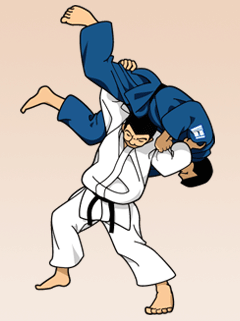
The philosophy of Kano is based on the principle of the three cultures: the acquisition of knowledge, the teaching of ethics and the development of the body through the practice of physical education. He explained his point of view by stating: "a healthy body is not only a precondition for the existence but the basis of all mental and spiritual activity." He insisted on the purpose of the exercise. "However excellent is the health of an individual, his existence remains fruitless if he does not put it at the service of society."
He emphatically showed, that the effective use of the mind and the body is the key to self-realization. However, he added the Confucian concept of social obligation that leads to help one's neighbour. The principles of Kano are summarized in the two maxims enacted at the founding of the Kodokan cultural society founded in 1922: Seiryoku Zenyo and Jita Kyoei, everyone must make a just use of his physical and mental energy for the good of all in search for self-realization.
The educational approach is reflected in the methods of learning: the randori and kata are the basic elements of the education provided by Kano. They are reinforced by complementary assets, the shiai or competition, and the mondo, a talk that Kano liked to use with his students. Randori, an exercise common in other schools, is a form of training where full freedom of choice is given to each. Kano gave an educational definition. “During randori, no one can guess what his opponent will do; so everyone should be ready to cope with a sudden attack of the opponent. The habit of this mental attitude develops a high degree of control and lucidity”.
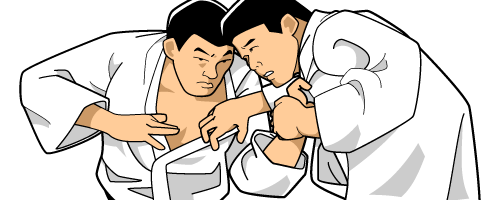
Considered imperfect because too focused on the specialization of the body, the exercise was complemented by kata, or pre-arranged forms. Left for a time to the initiative of the experienced judoka the practice of kata quickly took an important part in the teaching of the Kodokan. It balanced the physical commitment of randori. Kano says: “in this, I have not lent exaggerated importance to the competitive dimension, as was the case previously, but I searched for a combination of exercises intended to combat and to train mind and body”. The kata of Kodokan judo were established between the end of the 1880s and the early 1900s. The different kata can be grouped into four categories (free exercise, confrontation, physical preparation, theory). They illustrate the aims of Kano's judo: the physical development of the body, the shaping of the spirit, and the training in combat efficiency.
Kano made reference to science. He said: “I have developed my Kodokan Judo by bringing together the positive aspects found in schools of jujutsu in 1882, and I've developed a method of instruction consistent with the teaching of modern science”. The technical gestures are studied, analysed with a constant effort of justification. “In this new position, he may have become so weak (not in actual strength but because of his awkward position) as to have his strength represented for the moment by only three units, instead of the normal ten units. But meanwhile, by keeping my balance, I retain my full strength, as originally represented by seven units. Here then, I am momentarily in a superior position and can defeat my opponent by using only half of my strength”.
Theoretical reflection gave rise to the development of a specific system, gokyo no waza (five principles of judo techniques) that formed the contents of education. Established in 1895, depending on the complexity and the difficulty of each gesture, the gokyo no waza was revised in 1920. The first technical move of the initial gokyo (1895), hiza guruma (knee wheel), was then replaced by de ashi harai (forward foot sweep). The motion of the body, which is performed with agility and precision, had to anticipate that of the opponent. Strength played a secondary role and had to be mastered to be effective. The sliding fall was safe and provided the beginner with confidence. The relationship between theory and practice showed the degree of maturity achieved by the method of the Kodokan, in the 1920s.
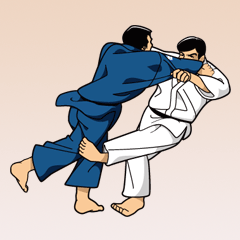
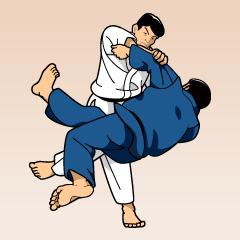
Judo by Kano is first of all a system of education. It is based on the principle of balance between “three cultures”, intellectual, physical and moral, where only a harmonious development can ensure the progress of the individual and, therefore, its usefulness to society. His whole life was dedicated to a cause he described in these words: “nothing is more important than education; the teaching of one wise man can reach multitudes and knowledge from one generation can be enjoyed by another hundred”. He wrote: “what is the excellent health of an individual; his existence remains fruitless if he does not put it at the service of the society”. His method relied on the ancestral forms of combat, but the finalities differed. Kano was particularly exacting when he chose the name of his method. “Why I called this Judo instead of jujutsu? Because what I teach is not only jutsu (art or practice). Of course, I teach jutsu, but it is on do (way or principle) I want to put a special emphasis. [...] Kodokan judo that I teach compared to the ancient jujutsu principles is more vast and different in technique, so that I had to choose a new name.”
“Nothing is more important than education; the teaching of one wise man can reach multitudes and knowledge from one generation can be enjoyed by another hundred”.
“What is the excellent health of an individual; his existence remains fruitless if he does not put it at the service of the society”.
Share the Website:
